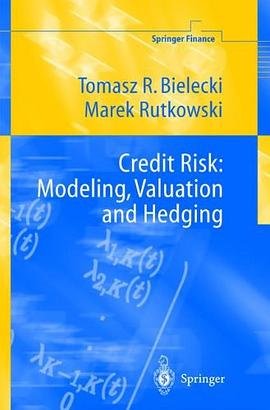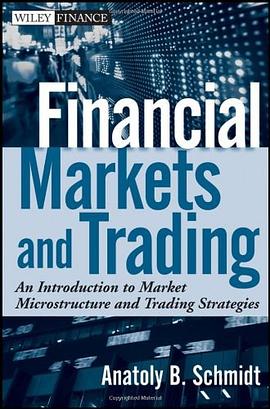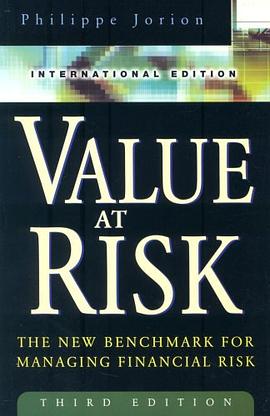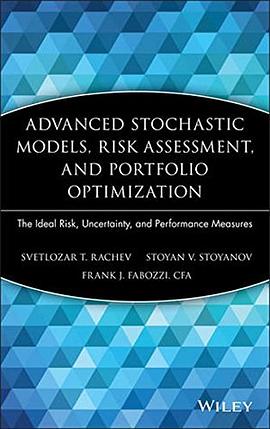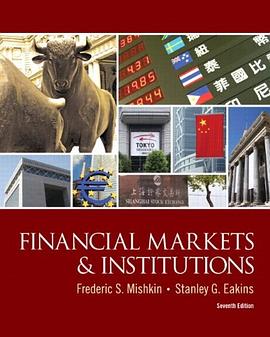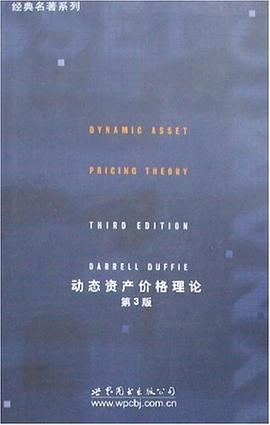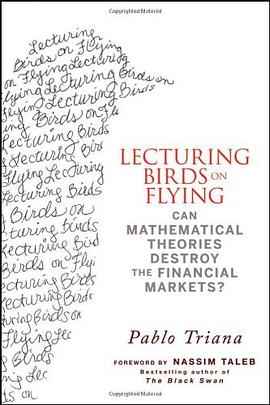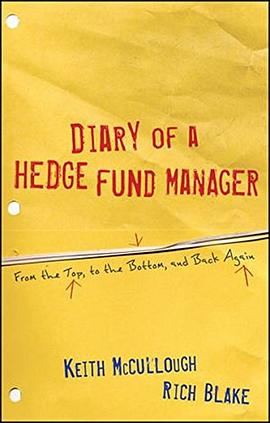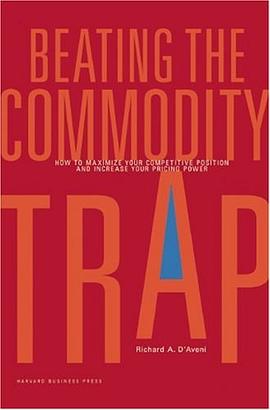Preface
Part Ⅰ Structural Approach
1. Introduction to Credit Risk
1.1 Corporate Bonds
1.1.1 Recovery Rules
1.1.2 Safety Covenants
1.1.3 Credit Spreads
1.1.4 Credit Ratings
1.1.5 Corporate Coupon Bonds
1.1.6 Fixed and Floating Rate Notes
1.1.? Bank Loans and Sovereign Debt
1.1.8 Cross Default
1.1.9 Default Correlations
1.2 Vulnerable Claims
1.2.1 Vulnerable Claims with Unilateral Default Risk
1.2.2 Vulnerable Claims with Bilateral Default Risk
1.2.3 Defaultable Interest Rate Contracts
1.3 Credit Derivatives
1.3.1 Default Swaps and Options
1.3.2 Total Rate of Return Swaps
1.3.3 Credit Linked Notes
1.3.4 Asset Swaps
1.3.5 First-to-Default Contracts
1.3.6 Credit Spread Swaps and Options
1.4 Quantitative Models of Credit Risk
1.4.1 Structural Models
1.4.2 Reduced-Form Models
1.4.3 Credit Risk Management
1.4.4 Liquidity Risk
1.4.5 Econometric Studies
2. Corporate Debt
2.1 Defaultable Claims
2.1.1 Risk-Neutral Valuation Formula
2.1.2 Self-Financing Trading Strategies
2.1.3 Martingale Measures
2.2 PDE Approach
2.2.1 PDE for the Value Function
2.2.2 Corporate Zero-Coupon Bonds
2.2.3 Corporate Coupon Bond
2.3 Merton's Approach to Corporate Debt
2.3.1 Merton's Model with Deterministic Interest Rates
2.3.2 Distance-to-Default
2.4 Extensions of Merton's Approach
2.4.1 Models with Stochastic Interest Rates
2.4.2 Discontinuous Value Process
2.4.3 Buffet's Approach
3. First-Passage-Time Models
3.1 Properties of First Passage Times
3.1.1 Probability Law of the First Passage Time
3.1.2 Joint Probability Law of Y and T
3.2 Black and Cox Model
3.2.1 Corporate Zero-Coupon Bond
3.2.2 Corporate Coupon Bond
3.2.3 Corporate Consol Bond
3.3 Optimal Capital Structure
3.3.1 Black and Cox Approach
3.3.2 Leland's Approach
3.3.3 Leland and Toft Approach
3.3.4 Further Developments
3.4 Models with Stochastic Interest Rates
3.4.1 Kim, Ramaswamy and Sundaresan Approach
3.4.2 Longstaff and Schwartz Approach
3.4.3 Cathcart and EI-Jahel Approach
3.4.4 Briys and de Varenne Approach
3.4.5 Saá-Requejo and Santa-Clara Approach
3.5 Further Developments
3.5.1 Convertible Bonds
3.5.2 Jump-Diffusion Models
3.5.3 Incomplete Accounting Data
3.6 Dependent Defaults: Structural Approach
3.6.1 Default Correlations: J.P. Morgan's Approach
3.6.2 Default Correlations: Zhou's Approach
PartⅡ Hazard Processes
4. Hazard Function of a Random Time
4.1 Conditional Expectations w.r.t. Natural Filtrations
4.2 Martingales Associated with a Continuous Hazard Function
4.3 Martingale Representation Theorem
4.4 Change of a Probability Measure
4.5 Martingale Characterization of the Hazard Function
4.6 Compensator of a Random Time
5. Hazard Process of a Random Time
5.1 Hazard Process F
5.1.1 Conditional Expectations
5.1.2 Semimartingale Representation of the Stopped Process
5.1.3 Martingales Associated with the Hazard Process
5.1.4 Stochastic Intensity of a Random Time
5.2 Martingale Representation Theorems
5.2.1 General Case
5.2.2 Case of a Brownian Filtration
5.3 Change of a Probability Measure
6. Martingale Hazard Process
6.1 Martingale Hazard Process A
6.1.1 Martingale Invariance Property
6.1.2 Evaluation of A: Special Case
6.1.3 Evaluation of A: General Case
6.1.4 Uniqueness of a Martingale Hazard Process A
6.2 Relationships Between Hazard Processes Γ and A
6.3 Martingale Representation Theorem
6.4 Case of the Martingale Invariance Property
6.4.1 Valuation of Defaultable Claims
6.4.2 Case of a Stopping Time
6.5 Random Time with a Given Hazard Process
6.6 Poisson Process and Conditional Poisson Process
7. Case of Several Random Times
7.1 Minimum of Several Random Times
7.1.1 Hazard Function
7.1.2 Martingale Hazard Process
7.1.3 Martingale Representation Theorem
7.2 Change of a Probability Measure
7.3 Kusuoka's Counter-Example
7.3.1 Validity of Condition (F.2)
7.3.2 Validity of Condition (M.1)
Part Ⅲ Reduced-Form Modeling
8. Intensity-Based Valuation of Defaultable Claims
8.1 Defaultable Claims
8.1.1 Risk-Neutral Valuation Formula
8.2 Valuation via the Hazard Process
8.2.1 Canonical Construction of a Default Time
8.2.2 Integral Representation of the Value Process
8.2.3 Case of a Deterministic Intensity
8.2.4 Implied Probabilities of Default
8.2.5 Exogenous Recovery Rules
8.3 Valuation via the Martingale Approach
8.3.1 Martingale Hypotheses
8.3.2 Endogenous Recovery Rules
8.4 Hedging of Defaultable Claims
8.5 General Reduced-Form Approach
8.6 Reduced-Form Models with State Variables
8.6.1 Lando's Approach
8.6.2 Duffle and Singleton Approach
8.6.3 Hybrid Methodologies
8.6.4 Credit Spread Models
9. Conditionally Independent Defaults
9.1 Basket Credit Derivatives
9.1.1 Mutually Independent Default Times
9.1.2 Conditionally Independent Default Times
9.1.3 Valuation of the ith-to-Default Contract
9.1.4 Vanilla Default Swaps of Basket Type
9.2 Default Correlations and Conditional Probabilities
9.2.1 Default Correlations
9.2.2 Conditional Probabilities
10. Dependent Defaults
10.1 Dependent Intensities
10.1.1 Kusuoka's Approach
10.1.2 Jarrow and Yu Approach
10.2 Martingale Approach to Basket Credit Derivatives
10.2.1 Valuation of the ith-to-Default Claims
11. Markov Chains
11.1 Discrete-Time Markov Chains
11.1.1 Change of a Probability Measure
11.1.2 The Law of the Absorption.Time
11.1.3 Discrete-Time Conditionally Markov Chains
……
References
Basic Notation
Subject Index
· · · · · · (
收起)
